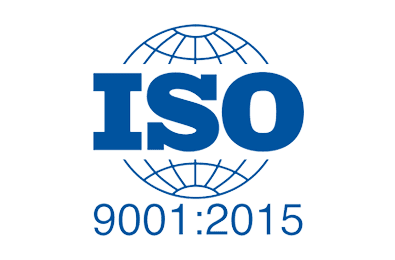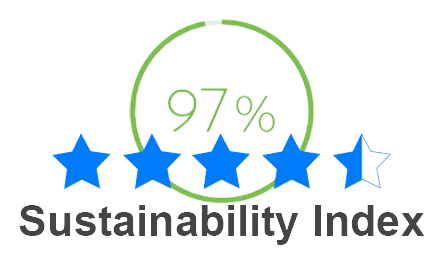Packaging Machinery
Packaging Machinery
In today’s packaging industry, efficiency and precision are paramount. Among the various methods used to streamline operations while maintaining product integrity, the pouching process stands out as essential. Whether in food, pharmaceuticals, or consumer goods, mastering the pouching process can significantly enhance packaging strategies and improve overall production outcomes.
Let’s explore the key aspects of this process and its impact on modern packaging machinery.
What is Pouching?
Pouching refers to the process of filling and sealing flexible pouches, which come in various shapes and sizes depending on the product’s needs. This versatile method offers durability, cost-effectiveness, and customization, making it a popular choice across different industries.
Typically, the pouching process involves the following stages: forming, filling, sealing, and often printing for branding purposes.
1. Forming the Pouch
The first step in the pouching process is forming the pouch. Packaging machinery uses roll stock, a continuous sheet of flexible material, to create these pouches. Through a combination of heat, pressure, and cutting, the machinery forms the desired pouch shape. Popular pouch styles include:
- Stand-up Pouches: Ideal for products that need visibility on retail shelves.
- Flat Pouches: Great for stacked or bulk-stored products.
- Zip Pouches: Equipped with resealable closures, perfect for products requiring multiple uses.
2. Filling the Pouch
Once the pouch is formed, the next step is filling it. The filling process can vary based on the product type, whether it's powder, granules, liquids, gels, or solids. Pouching machinery is calibrated to ensure consistent product quantity in each pouch, reducing waste and ensuring uniformity.
3. Sealing the Pouch
Sealing is crucial to maintaining the product’s freshness and preventing contamination. There are several sealing methods used, depending on the product and pouch materials, including:
- Heat Sealing: Bonds the pouch edges using heat.
- Ultrasonic Sealing: Uses high-frequency sound waves for precision sealing.
- Cold Sealing: Utilizes adhesives for sensitive products that can’t handle heat.
Each sealing method has unique advantages, ensuring that the product stays secure and fresh.
4. Printing and Labeling
Branding is often the final touch in the pouching process. Manufacturers can print directly onto pouches using flexographic or digital printing, or apply labels as needed. This adds shelf appeal while providing consumers with vital information like ingredients, expiration dates, and usage instructions.
5. Quality Control and Inspection
Throughout the pouching process, quality control is key. Automated systems monitor seal integrity, fill levels, and print quality to ensure every pouch meets the required standards. Consistent inspections help reduce waste, improve efficiency, and enhance customer satisfaction.
Benefits of the Pouching Process
The pouching process offers numerous advantages for manufacturers:
- Cost-Effectiveness: Flexible pouches are often cheaper to produce than rigid containers.
- Space and Weight Savings: Pouches take up less space during storage and transport, lowering shipping costs.
- Versatility: Pouches can be tailored to a wide range of products and industries.
- Sustainability: Many pouch materials are recyclable or made from sustainable sources, meeting the growing demand for eco-friendly packaging.
Conclusion
Understanding the pouching process is essential for businesses looking to optimize their packaging strategies. From forming and filling to sealing and labeling, each step plays a critical role in ensuring efficiency and product quality. As technology evolves, the pouching process will continue to innovate, offering even more sophisticated and sustainable packaging solutions for modern markets.
Whether you’re considering investing in pouching machinery or refining your existing processes, knowing the ins and outs of this process can keep you competitive in today’s packaging industry.





